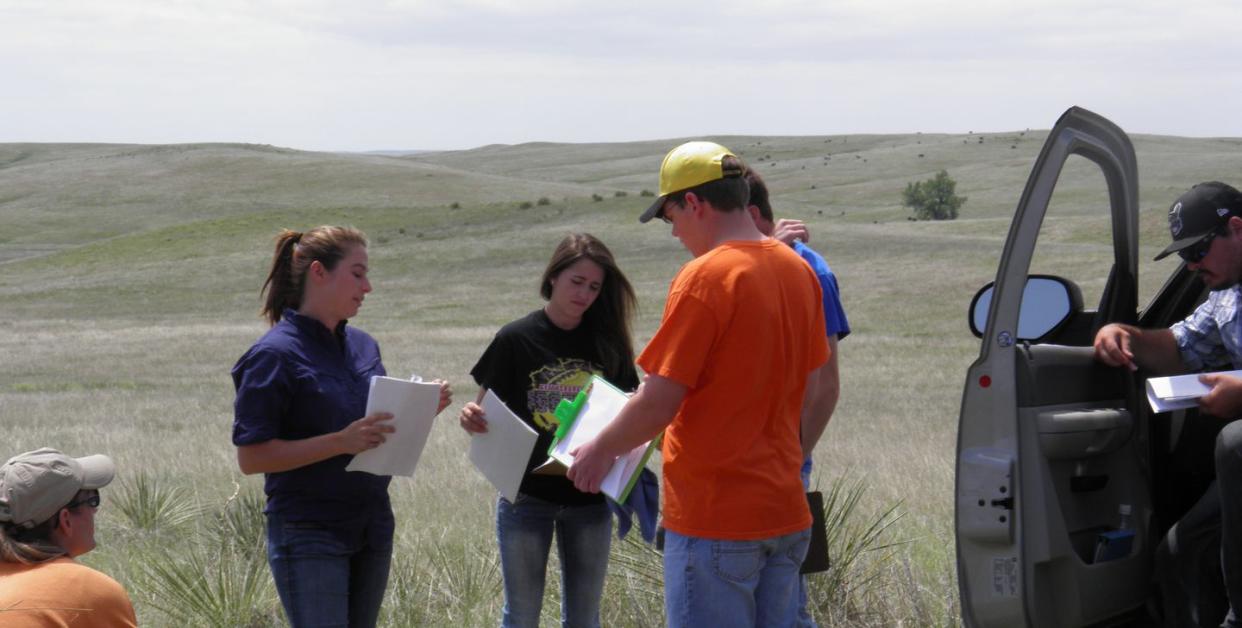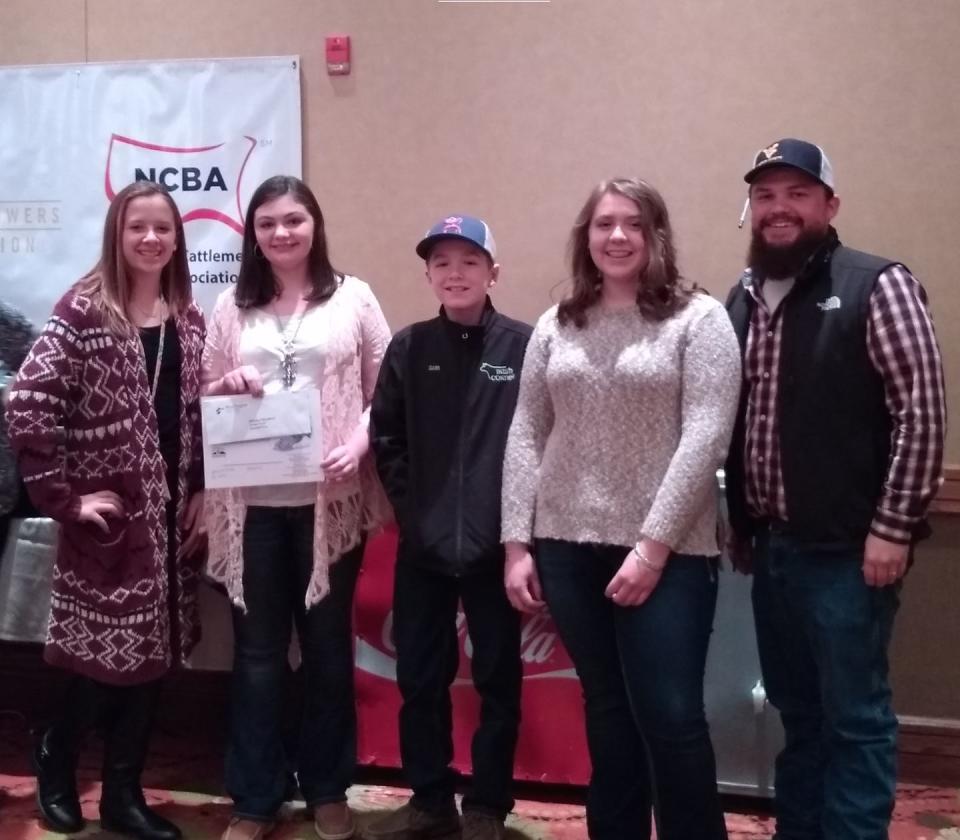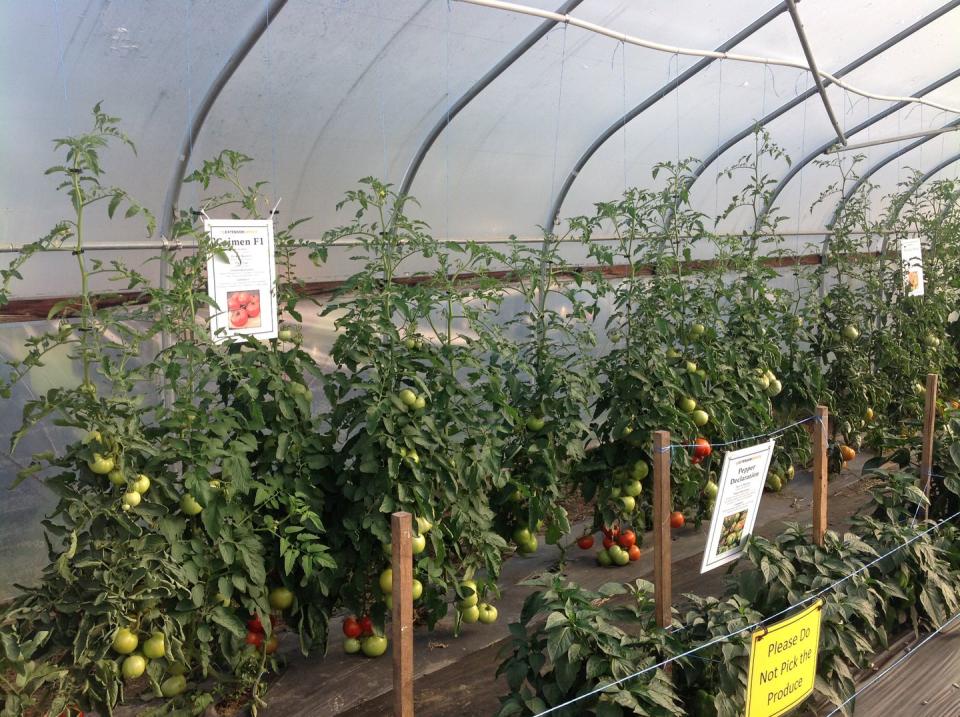A County Extension Agent Will Help You Grow Almost Anything on the Cheap

Ever come across a plant or a strange insect and wonder what it was and if it was harmful? Or want to know if you could raise chickens or bumblebees in your city plot, or want to get your kids to be more active outdoors? Or what kind of plants you can raise, or how deep people usually dig their wells where you live, or how to do aquaculture, or when to plant garlic or alfalfa, or how much it would cost to heat your home with wood, or how to mitigate earthquake damage or how to grow hemp for cannabidiol as a side gig?
Not everyone knows about a resource they have right in their backyard, one that is free to use and available to everybody. It is the County Extension Service, and there’s one in every state, with agents in nearly every county. Even cities have county extension agents. This is where you go for help with any of these questions, and more.
The Origins of Extension Offices
So, what is this system and what does it do? Back in the early 1800s when the U.S. was mainly a farming country, organizations formed to improve farm production and solve difficulties. Eventually, in 1862 (smack dab in the middle of the Civil War), land-grant colleges “for the benefit of agriculture and the mechanic arts” were established through the Morrill Act, signed into law by Abraham Lincoln. These land-grant colleges, through which the extension service was later set up, were gradually established throughout the country. They receive federal funds to run the extension offices-for research, agricultural assistance, community education and outreach, natural resources management, home skills, and the like. A national Cooperative Extension Service was officially established In 1914 (when half the U.S. population was still engaged in farming) by the Smith-Lever Act “in order to aid in diffusing among the people of the United States useful and practical information on subjects relating to agriculture and home economies, and to encourage the application of the same.”
Nowadays, the extension program (still run by land-grant universities) is available as a resource throughout the U.S. You can get help in a remarkable range of matters: bee-keeping, soil-testing, animal husbandry, raising crops, understanding finances and local laws, record-keeping for your farm or business, food-safety techniques for home and business, selling produce, caring for natural resources, keeping insect-friendly pastures, local agricultural techniques and problems. And a ton more.
Find Your Agent
The county extension system is available everywhere. You have to do the work and put in the time, but the agents will roll up their sleeves along with you and help you figure out how to do the project you have in hand. To find yours, look for the extension link on your state’s land-grant college website on this U.S. Department of Agriculture searchable map. Or, even easier, google your state and county name with the words “county extension.” There are extension offices for every state in the U.S.
Experts in Many Disciplines
Many types of agents and experts work within the system. West Virginia University Agriculture and Natural Resource Extension Agent Joshua Peplowski says, “Within WVU we have 4-H agents, family and health agents, food-safety and preservation agents. I’m an agricultural and natural resources agent. I work with farmers, I work a lot with youth ag from a producer standpoint.”

And what are some of the things a county agent does? According to a guide for prospective extension agents at The Balance Careers, agents “may visit farms, ranches, hatcheries, dairies, stables, orchards, fields, bee farms,” in their day. They also attend conventions, camps, and county fairs and are advised to “exercise due caution when working around large animals in the field.” (But “the people are more risky than the animals!” says Peplowski.) The agents often hold advanced degrees in their field.
“Every day is different,” says Peplowski. “I may be working with producers today and then with a group of cattlemen showing them how to give vaccinations. Or taking a group of teens to Oklahoma for land judging [there is a national contest in Oklahoma].” In land judging, Peplowski, who is a specialist in animal science and agronomy, says that kids are taught “to evaluate a soil profile and be able to advise a producer on what to use their land for-such as crop ground or pasture-or maybe to put in some structures for erosion.” He works with small growers, backyard growers, and large producers. Recently, there has been an interest in learning how to grow hemp for CBD oil. He helps to plan a new business, analyze a problem or financial issue, collect soil or plant samples, and spends a lot of time outdoors on farms working with people. And cattle. Agents rarely work a 9-to-5, structured day-they are out in the field during the day and evenings they participate in training or meetings; Peplowski was preparing for the Cattlemen’s Christmas Dinner. (In Greenbrier County there are about 40,000 head of beef cattle and 300,000 acres of farmland.)

Most extension programs are free or low-cost. For instance, in the WVU extension’s thirteen-week Master Gardener program you might pay just $85 for the entire course. Or a local dinner and meeting might be five bucks. The WVU extension also runs a Small Farm Center, 4-H programs, food safety and preservation training, disaster preparedness, firefighter training, the Women in Ag yearly conference, and Annie’s Project, which teaches women to run production and use technology for their farms. In Jefferson County in West Virginia, where there are 500 farms and nearly 67,000 acres of land used in farming, you’ll get help on how to sell in local farmers' markets, an AgAlert story with advice on the corn-mold threat after a season of heavy rains, and contact information for the WVU plant-disease specialist.
Or through North Dakota’s extension service, you can find information on soil and water conservation and articles such as “Grazing Cover Crops,” “Killing Freeze Affects Alfalfa, Sorghum/Sudangrass Grazing,” and information on the North Dakota Reclamation Conference, to name only a teaspoonful of resources available. The story on the alfalfa and sorghum grazing explains that a killing freeze ruptures cell walls in the alfalfa plant, “increasing the availability of rapidly fermentable material,” that can cause grazing animals to bloat, which can be deadly. The Ohio extension site has a number of articles to help farmers prepare for changing climate conditions such as rising temperatures, more humidity, and less snowfall. You can learn to grow garlic from a University of Alaska, Fairbanks, extension agent.
Tara Curtis, director of communications and marketing for the WVU Extension Service, says it brings research and expertise to local communities. How do people hear about it? “The agents live and work in these communities and they get to know people, and they know it’s a resource,” she says. “For example, with gardening, or to increase the output of crops. From the agricultural side we make sure the growers and farmers have the tools they need.” Curtis says, “we have a specialist working on pollinator habitat and partnering with people throughout the state,” leading workshops on establishing more habitat for bees.

But county extension is not just for people who farm the land and raise cows. If you live in a suburb on a tenth of an acre or in a city rowhouse in Chicago, you too have access to the local agent (plus, agents often work across state lines on matters of mutual interest, such as tracking invasive species like the spotted lanternfly). Say you find a weird bug in your yard, or, yikes, in your kitchen-take a picture or capture the bug and take it to the service to find out what it is and whether it’s a concern. Or maybe you are raising container herbs and want to improve yield, or found a spot on a tomato. Or you want your kids to learn to cook or raise rabbits or goats or learn aquaculture or how to be a firefighter! (Yes, there are junior-firefighter-training programs available through county extension.) “Many students do a livestock project and may not continue it [as adults] but it teaches them wonderful skills and they get self-confidence,” Curtis says. “I thought I had my arms around everything we do but it is so much more than I imagined.” As Greenbrier agent Peplowski says, “There are not too many other places you can go to to get this information.”
('You Might Also Like',)

